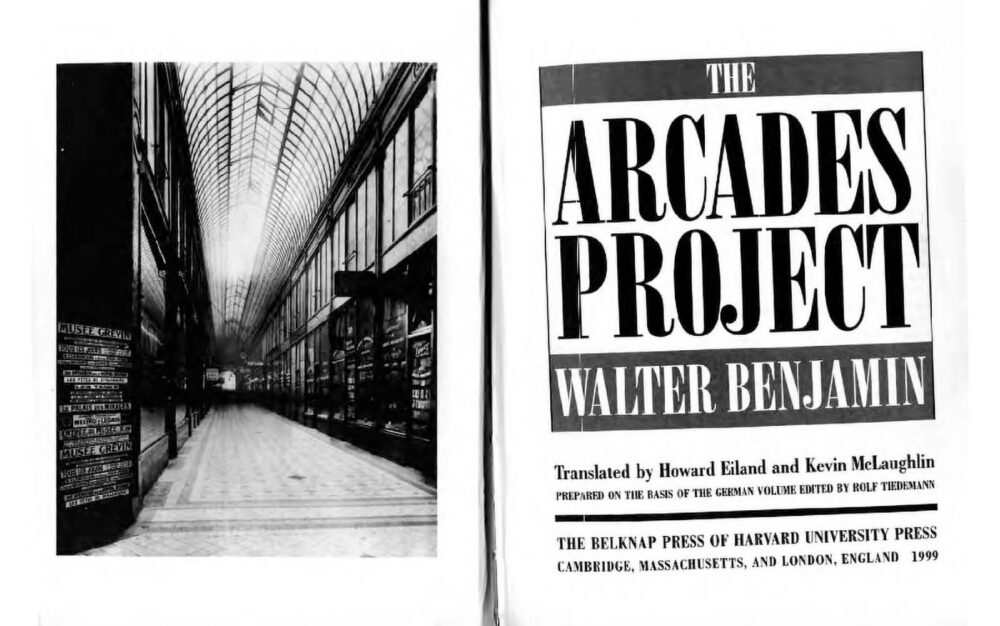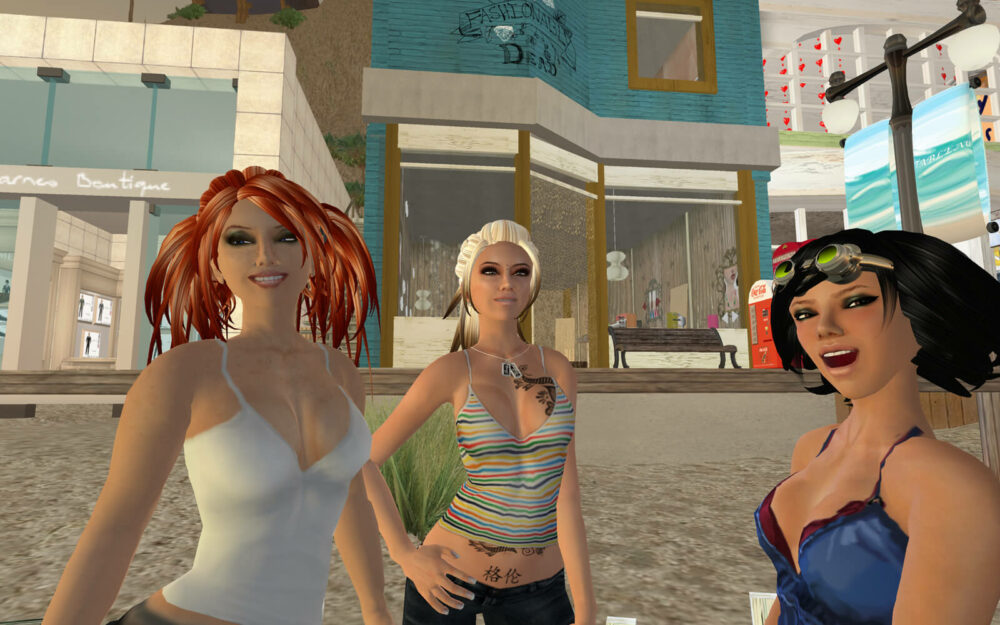← Explore
Conversation
Tides and Tides Again
Speakers:
Sabrina Calvo
sava saheli singh
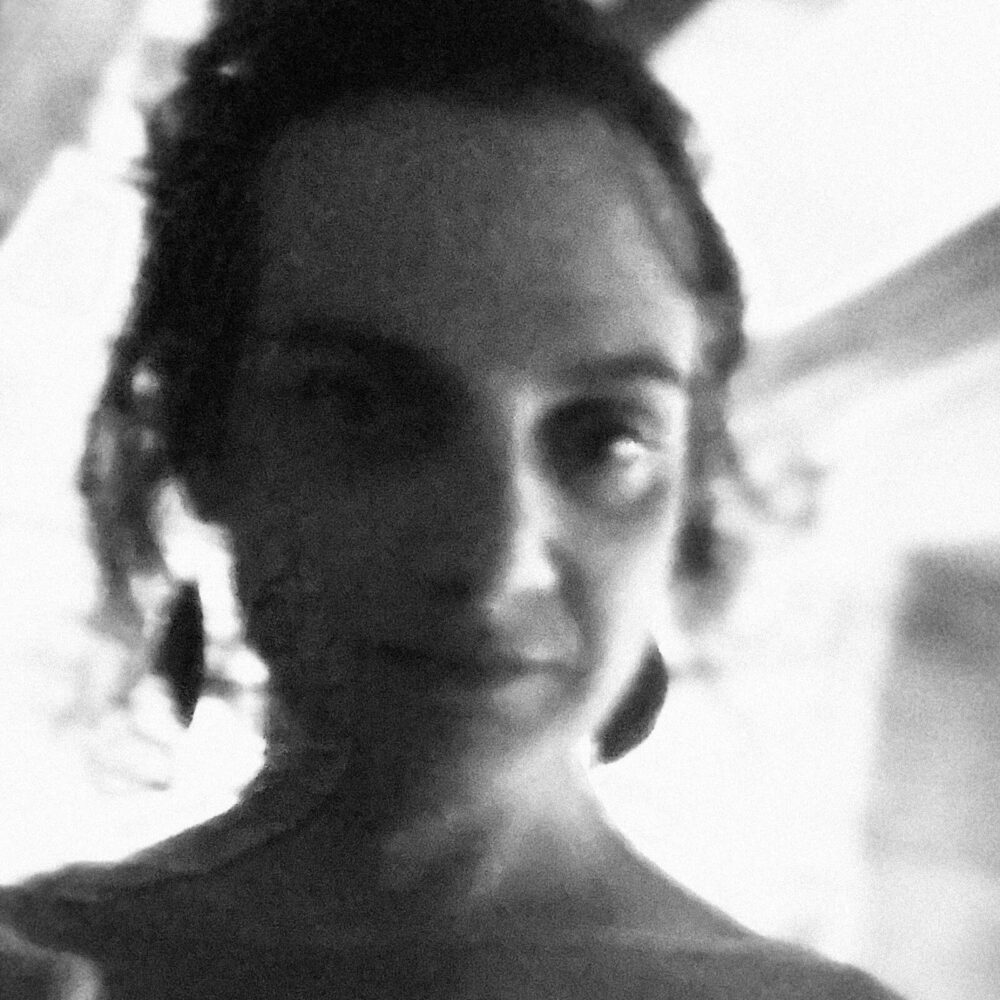
Profile:
Sabrina Calvo
Sabrina Calvo is a transdisciplinary artist who has spent twenty years deconstructing narratives and designing virtual worlds. Calvo is the author of the novels Toxoplasma (2016) and Melmoth Furieux (2021). She rediscovered sewing in 2020, a practice allowing her to build “an intimate poetry between clothing and magic.”
Soundbite:
“I guess that thread is my grandmother—it’s very personal. She was a seamstress first in Tunisia, then in France. I started my life learning art in her seamstress workshop. I learned to draw, to look, and how to listen to people—to appreciate beauty.”
Sabrina Calvo, when asked to identify the thread that runs through her work
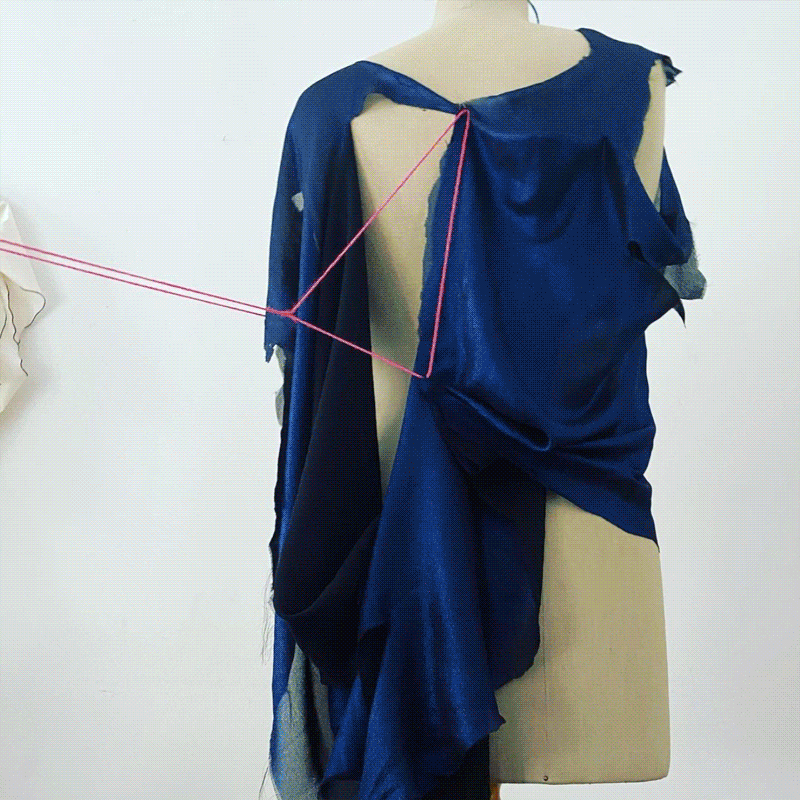
work-in-progress:
Reve Riviere
Calvo rediscovered sewing in 2020 and her designs are brimming with cuts, tears, strings, and sashes. See her Instagram account @reve.riviere, where she dutifully logs impressionistic sketches, material samples, and the glorious mess of her sewing table.
Takeaway:
Having worked across fiction, performance, and fashion Calvo points to two common themes that fuel her work. The first is being attuned to dreams and “trying to manifest them” irregardless of medium or material. Secondly, a deep empathy, informed by introspection about what one can offer, and listening closely for what others need.
Takeaway:
Queer and marginalized creators have an opportunity to help others with their stories, by representing alterity and other ways of being, and also by combatting the “monpolization” of spirituality by non-inclusive actors.
Takeaway:
How to nurture a radical, inclusive, art-making practice that is not driven by profit. Stay focused on work you love while learning your craft very well, then, outsource your technical skills. Channel that revenue back to your art and keep your practice pure.
Reference:
Calvo namechecks German philosopher Walter Benjamin as an enduring influence—and references his ruminations on fashion. In Benjamin’s opus Arcades Project, written between 1927 and 1940, he catalogued hundreds of short notes logging observations made in Parisian shopping districts related to capitalism, class relations, aesthetics, and the palpable mood as the 19th century receded from memory. Clothing is a central topic in the Arcades Project, and of it Benjamin famously (and morbidly) wrote “fashion is never anything other than the parody of the motley cadaver.”
Soundbite:
“The two extremes of fashion are death and frivolity… What is happening between these two extremes? When this ephemeral movement of grace is passing through time, passing through desire?”
Sabrina Calvo, on navigating time and desire
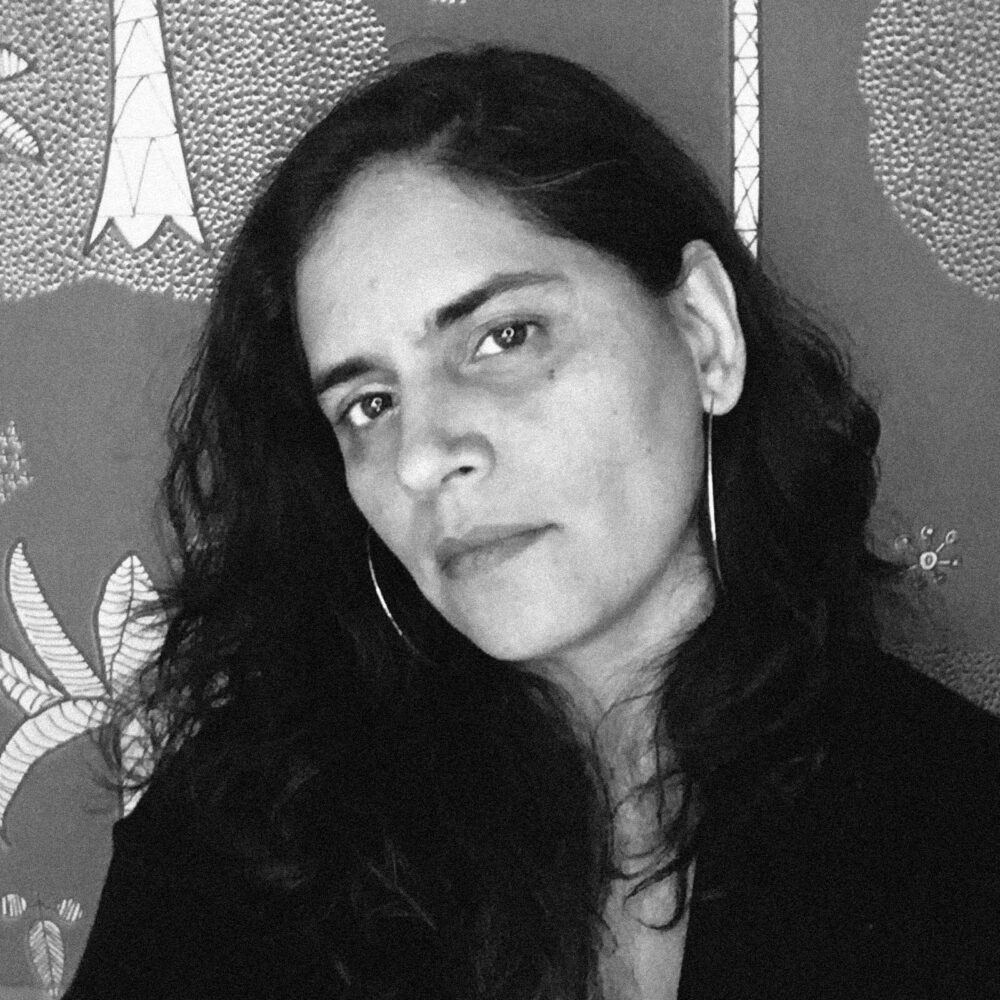
Profile:
sava saheli singh
sava saheli singh is the eQuality-Scotiabank Postdoctoral Fellow in AI and Surveillance at the University of Ottawa AI + Society Initiative. In a previous post-doc at Kingston University singh co-produced three experimental short films as part of the Screening Surveillance series, and she is currently researching how teachers use learning technologies in their practice and how this has been impacted by COVID-19.
Soundbite:
“I would call them more than dresses. I don’t know that there’s a word related to clothing that captures what you do. There is a fluidity, there is a colour, there is a texture and it’s been wonderful to watch this work emerge.”
sava saheli singh, commenting on Calvo’s fashion process-focused Instagram account
Soundbite:
“I was a fashion designer in Second Life for ten years basically, and I didn’t want to cross that barrier and engage matter.”
Sabrina Calvo, on her ‘virtual’ origins in fashion
Starting points:
Long before her interest in physical fashion was renewed, Calvo worked on clothing for avatars in Second Life. Predating Fortnite and Decentraland, the original open-ended MMO laid a foundation for our current ‘metaverse moment.’ Launched by Linden Labs in 2003, Second Life’s in-game currency of Linden dollars became a major motivator for many users—bespoke user-generated economies of clothing, jewellery, and architecture flourished, briefly.
Fave:
“Fashion is just being draped in dreams, basically. Dreams are manifest, with us every day, and a form in themself.”
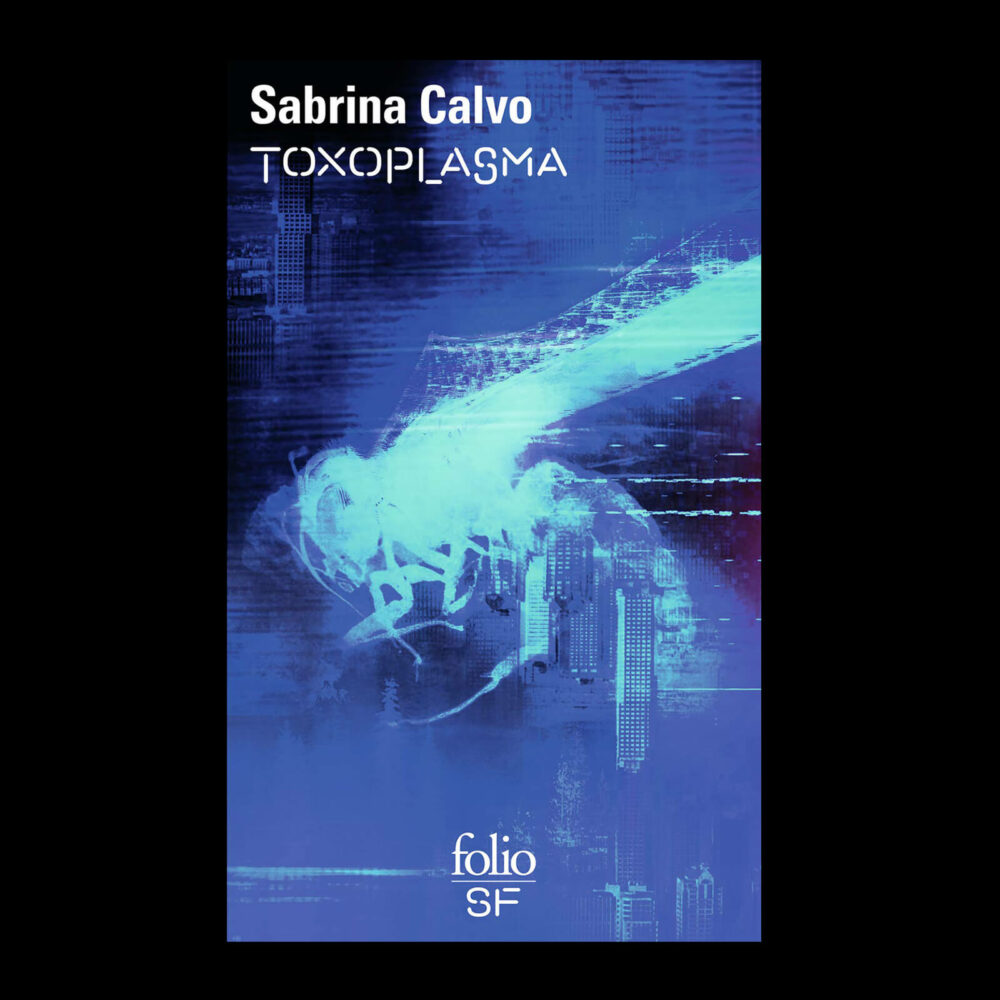
Book:
Toxoplasma
Calvo’s 2016 science fiction novel takes place after the revolution. In it the island of Montréal is under siege—its bridges are blocked by the federal army. Supporters of the old liberal world and those who aspire to an anarchist society are tearing the streets up, seizing the moment and transforming the cityscape into something new, in which human communities survive and reconfigure themselves.
Soundbite:
“Stories are used to manipulate us right now. Politics are all about stories, we’ve seen that over the last five years.”
Sabrina Calvo, zooming out from art to address bigger narratives
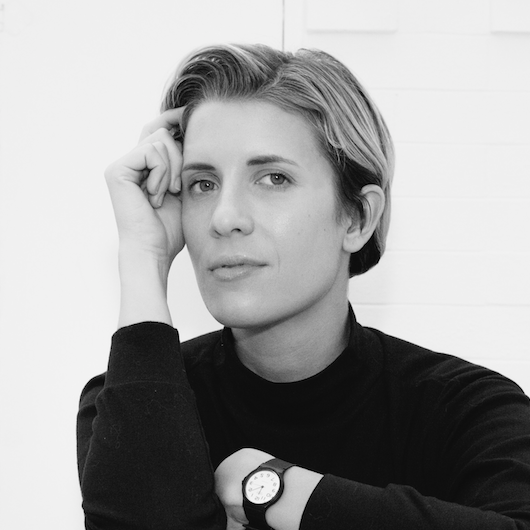
Commentary:
